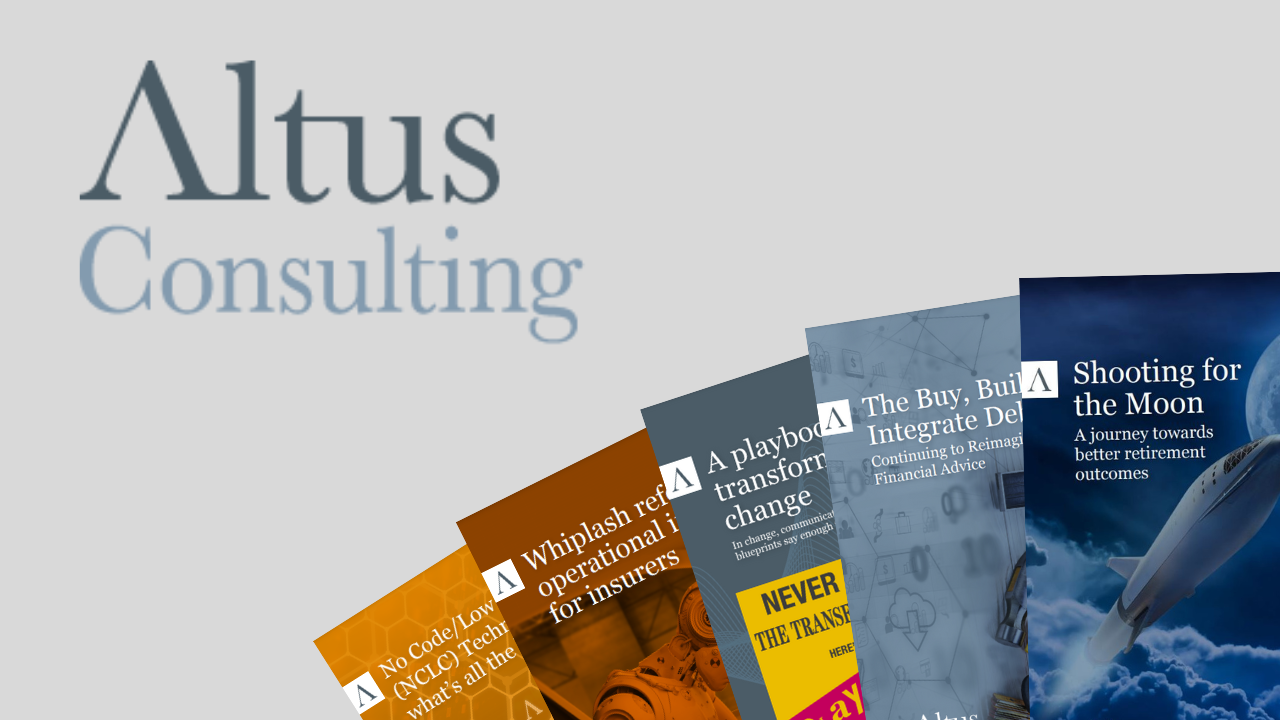In an era where technology rapidly evolves, the lifecycle of core operating software becomes a critical business concern. The end of life (EOL), or more specifically the end of service life, for such foundational systems not only signals the cessation of support, updates and security patches but also marks a crucial juncture for strategic business transformation. The upcoming EOL for SAP’s Enterprise Resource Planning (ERP) solutions exemplifies the broader challenges and opportunities businesses face as they navigate these transitions.
The Broader Impact of EOL
The end of life for core operating software like ERP systems poses significant risks and operational challenges for organisations. Critical business operations, from finance and HR to supply chain and customer relationship management, rely heavily on these integrated software solutions. Without ongoing vendor support, businesses are left vulnerable to security breaches, compliance failures and operational inefficiencies. Moreover, the inability to adapt to new technologies or market demands can leave companies at a competitive disadvantage and that is before we start discussing the constant increasing costs from having to support an EOL product.
A Strategic Opportunity for Transformation
The EOL of core software should not be viewed merely as a technical hurdle but as a strategic opportunity to reassess and rejuvenate business processes and infrastructure. This necessitates a comprehensive evaluation of current systems, identification of organisational needs and exploration of the technological landscape for suitable replacements or upgrades.
Understanding the Hesitation: Challenges to Acting
One of the primary reasons businesses may not act on these EOL issues are the significant costs associated with upgrading or replacing the systems/platforms. For many organisations, especially small and medium-sized enterprises (SMEs), the financial investment required for a new ERP system or a major upgrade, including the software itself, implementation, training and potential downtime, can be daunting. This financial hurdle is often compounded by the uncertainty of return on investment (ROI), making it difficult for decision-makers to justify the upfront costs.
Beyond financial considerations, organisational inertia plays a critical role. Change is inherently challenging, and replacing or upgrading core operating software involves a complex transition that affects nearly every aspect of a business’ operations. The prospect of disrupting established processes, the need for extensive employee retraining and the fear of potential implementation failures can lead to decision paralysis. Moreover, a deeply ingrained “if it isn’t broken, don’t fix it” mindset often prevails, especially when the existing system continues to meet the basic operational needs, despite the risks associated with EOL software. This resistance to change is further exacerbated by a lack of internal expertise or understanding of the new technologies and the benefits they can bring. There is potential for costs to spiral when businesses take this approach. Typically, the longer you leave an EOL system operational, the more costly it becomes to replace/upgrade it, both from a technology perspective, but also other associated costs such as staff training. Burying one’s head in the sand could come at an extortionate long term cost for some businesses.
Additionally, businesses might underestimate the risks associated with continuing to use EOL software, such as security vulnerabilities, compliance issues and the inability to adapt to new market demands or integrate with modern technologies. There’s also a tendency to overlook the strategic advantages of modernisation, such as improved efficiency, agility and competitive positioning. Consequently, without a clear, immediate threat or a compelling event, the urgency to act on EOL notifications can easily be sidelined in favour of more immediate business priorities.
Paths to Consider:
- Upgrade to Next-Generation Solutions: Similar to transitioning from SAP ERP to SAP S/4HANA, upgrading offers an opportunity to modernise with enhanced functionalities and efficiencies. However, it requires careful planning, considerable time & financial investment and change management.
- Migration to Alternative Vendors: The EOL scenario may prompt organisations to explore solutions from different vendors, potentially finding a better fit for their evolving business needs, especially in the cloud ERP domain.
- Holistic Business Transformation: Beyond mere replacement, the EOL of core software can be a catalyst for broader organisational transformation, embracing digital innovation and new business models to stay ahead in a rapidly changing marketplace.
Key Preparation Steps:
- Comprehensive System and Needs Assessment: Understanding the current landscape and future requirements is essential for informed decision-making.
- Engagement of Stakeholders: Involving key stakeholders early ensures buy-in and addresses potential resistance to change.
- Risk Management and Mitigation: Identifying and planning for potential risks associated with the transition safeguards against unforeseen challenges.
- Detailed Project Planning: A clear roadmap with timelines, budgets, and resources is crucial for a smooth transition.
- Investment in Training and Support: Preparing the workforce for the new system and ensuring ongoing support is key to maximising the benefits of the transition.
Leveraging Expertise
Navigating the complexities of transitioning from EOL core operating software often requires external expertise. Partnerships with experienced consultants and technology providers can offer invaluable insights, best practices, and support throughout the process. In fact, using an established external consultancy can also deliver a lasting solution by allowing the mapping of a business’ Operating Model then the ability to improving and creating a Target Operating Model that will only improve a business’ functions, future proofing the business model and securing the bottom line.
An example of this would be our Altus PEAK solution. It builds a logical model of a business that helps everyone understand what the business does; how it’s governed by regulation; and talk the same language – maximising communication and reducing misunderstanding. Please get in touch for a no obligation demonstration.
Conclusion
The end of life for core operating software presents a critical inflection point for businesses. While it poses significant challenges, it also offers a unique opportunity for strategic re-evaluation and transformation. The case of SAP’s ERP solutions moving towards EOL exemplifies the broader journey that many organisations must undertake. By approaching this transition strategically, with thorough preparation and a vision for the future, businesses can turn a potential disruption into a catalyst for growth and innovation.




